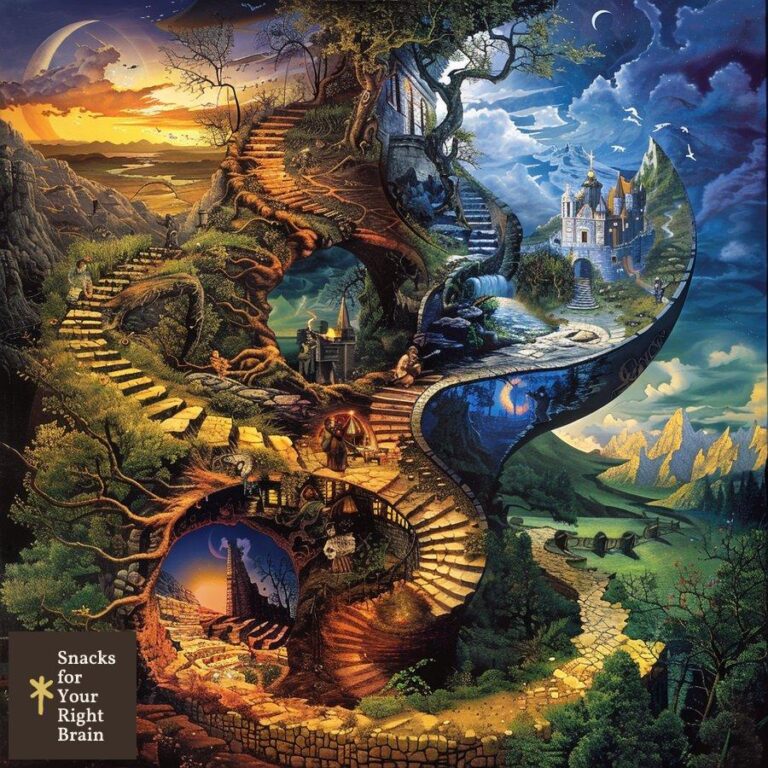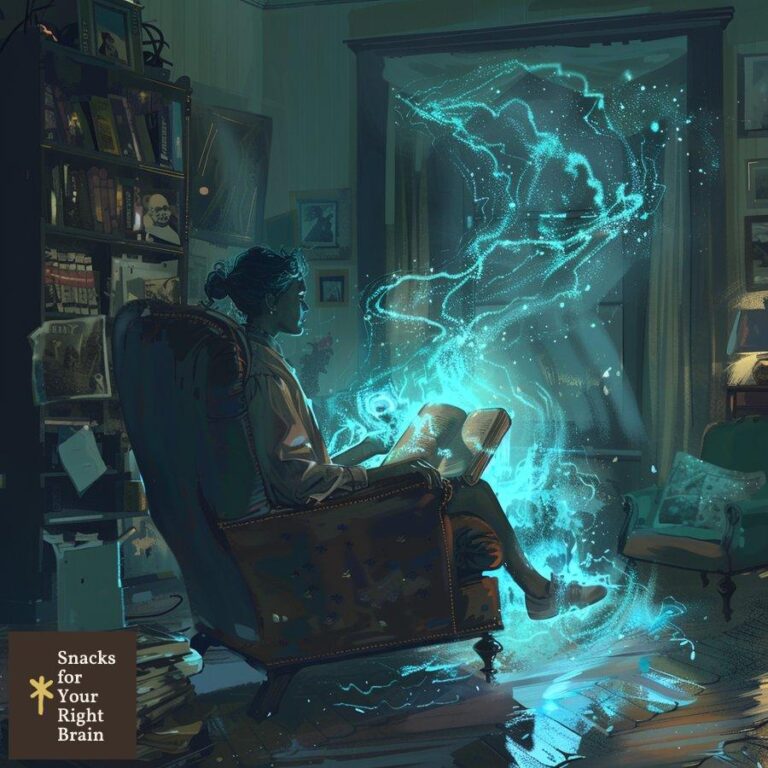What Is the Setting of the Story How Does It Establish the Mood
What is the setting in literature?
In literature, the setting refers to the time, place, and environment in which a story takes place. It encompasses the physical, social, and cultural aspects that provide the backdrop for the characters and their actions. The setting can range from a specific location, such as a small town or a bustling city, to a broader historical period or even a fictional world. It serves as a crucial element in shaping the narrative and influencing the characters’ experiences, decisions, and interactions.
The setting in literature can be divided into several key components:
-
Time: This includes the historical era, season, time of day, and any significant events that may have occurred in the past or are unfolding during the story.
-
Place: The physical location where the story takes place, such as a house, a forest, a city, or a country.
-
Environment: The surrounding conditions and atmosphere, including the weather, climate, and landscape.
-
Social and cultural context: The societal norms, beliefs, customs, and values that shape the characters’ behavior and interactions.
The setting in literature serves several important functions:
-
Establishes the mood and atmosphere: The setting can evoke specific emotions and create a particular mood, such as suspense, mystery, or tranquility.
-
Provides context for the characters: The setting helps readers understand the characters’ background, motivations, and challenges.
-
Reflects the themes and ideas: The setting can symbolize larger concepts and ideas that the author wants to convey.
-
Drives the plot: The setting can create obstacles, opportunities, or constraints that influence the characters’ actions and the story’s progression.
By carefully crafting the setting, authors can transport readers to different times and places, immersing them in the story and making the narrative more believable and engaging.
How does setting contribute to a story’s mood?
The setting in literature plays a crucial role in establishing the mood and atmosphere of a story. Authors use various techniques to manipulate the setting to evoke specific emotions and create a particular ambiance. Here are some ways in which the setting contributes to a story’s mood:
-
Weather and climate: The weather and climate can significantly impact the mood of a scene. For example, a dark, stormy night can create a sense of foreboding or suspense, while a bright, sunny day can evoke feelings of optimism and joy.
-
Time of day: The time of day can also influence the mood. A scene set at dawn might suggest new beginnings and hope, while a scene set at midnight can create a sense of mystery or danger.
-
Specific locations: The type of location can set the tone for the story. A bustling city might evoke a sense of energy and excitement, while a remote, isolated cabin in the woods can create a feeling of loneliness or fear.
-
Historical and cultural context: The historical and cultural context of the setting can shape the mood and reflect the characters’ experiences. A story set during a war might have a somber or tense mood, while a story set in a vibrant, multicultural city might have an energetic and diverse atmosphere.
-
Sensory details: Authors often use sensory details to create a vivid picture of the setting and evoke specific emotions. Descriptions of sights, sounds, smells, tastes, and textures can contribute to the overall mood of the story.
By carefully crafting the setting, authors can manipulate the mood and atmosphere of a story, guiding readers’ emotional responses and enhancing the overall reading experience.
What techniques do authors use to establish mood through setting?
Authors employ various techniques to establish mood through setting in literature. Here are some of the most common techniques:
-
Descriptive language: Authors use vivid, evocative language to paint a picture of the setting and evoke specific emotions. They might use figurative language, such as metaphors and similes, to create memorable and impactful descriptions.
-
Sensory details: As mentioned earlier, authors incorporate sensory details to make the setting more immersive and to contribute to the overall mood. They might describe the sights, sounds, smells, tastes, and textures of the environment to create a vivid and memorable setting.
-
Symbolism: Authors often use symbolic elements in the setting to represent larger ideas or themes. For example, a dark, foreboding forest might symbolize the unknown or the dangers of the outside world.
-
Contrast and juxtaposition: Authors might use contrast or juxtaposition to create a specific mood. For example, a bright, sunny day might be juxtaposed with a character’s dark mood to create a sense of irony or dissonance.
-
Foreshadowing: Authors might use elements of the setting to foreshadow future events or to create a sense of anticipation or dread. For example, a character might notice a dark, ominous cloud on the horizon, hinting at an impending storm or a looming threat.
-
Repetition: Authors might repeat certain elements of the setting throughout the story to create a sense of familiarity or to reinforce a particular mood. For example, a character might repeatedly notice a specific landmark or smell a particular scent, which becomes associated with a particular emotion or memory.
By using these techniques, authors can create a vivid and memorable setting that contributes to the overall mood and atmosphere of the story.
How do different types of settings impact mood?
The type of setting can have a significant impact on the mood of a story. Here are some examples of how different settings can influence the mood:
- Urban settings:
- Busy city: An urban setting with a bustling city can create a sense of energy, excitement, and possibility. However, it can also evoke feelings of loneliness, anonymity, and stress.
-
Abandoned building: An abandoned building in an urban setting can create a sense of mystery, danger, or melancholy. It might suggest a sense of decay, neglect, or the passage of time.
-
Rural settings:
- Idyllic countryside: A rural setting with rolling hills, lush meadows, and quaint villages can create a sense of tranquility, simplicity, and nostalgia. It might evoke feelings of peace, contentment, and connection with nature.
-
Isolated cabin: An isolated cabin in the woods can create a sense of solitude, introspection, and potential danger. It might suggest a character’s desire for escape or a sense of being cut off from the outside world.
-
Historical settings:
- Medieval castle: A medieval castle setting can create a sense of grandeur, power, and tradition. It might evoke feelings of chivalry, romance, or the harsh realities of life in a bygone era.
-
Victorian mansion: A Victorian mansion setting can create a sense of elegance, mystery, and the weight of history. It might evoke feelings of nostalgia, class divisions, or the hidden secrets of the past.
-
Fantastical settings:
- Magical forest: A fantastical setting with a magical forest can create a sense of wonder, enchantment, and the possibility of the impossible. It might evoke feelings of curiosity, adventure, or the blurring of boundaries between reality and fantasy.
- Dystopian city: A dystopian city setting can create a sense of oppression, fear, and the struggle for survival. It might evoke feelings of rebellion, resistance, or the consequences of unchecked power.
By carefully selecting the type of setting and manipulating its elements, authors can create a specific mood that resonates with readers and enhances the overall impact of the story.
What are some examples of effective setting-mood relationships in famous literary works?
Many famous literary works have effectively used setting to establish and enhance the mood of the story. Here are a few examples:
![]()
- Jane Eyre by Charlotte Brontë:
- Setting: Gloomy, Gothic manor house of Thornfield Hall
- Mood: Mysterious, eerie, and melancholic
-
Example: “The moon was up – she was full and bright, but very cold; and they were all by themselves, and a silence so deep that Adèle and I could hear our own hearts beating aloud.”
-
The Great Gatsby by F. Scott Fitzgerald:
- Setting: Lavish, opulent mansions of the wealthy in 1920s Long Island
- Mood: Decadent, superficial, and ultimately hollow
-
Example: “The windows were ajar and gleaming white against the fresh grass outside that seemed to grow a little way into the house.”
-
The Shining by Stephen King:
- Setting: Isolated, snow-bound Overlook Hotel
- Mood: Claustrophobic, eerie, and psychologically unsettling
-
Example: “The lobby was deserted. The fire had burned down to a few red coals in the fireplace, and the shadows seemed to have grown thicker, more restless.”
-
One Hundred Years of Solitude by Gabriel García Márquez:
- Setting: Magical realist town of Macondo
- Mood: Dreamlike, mythical, and cyclical
- Example: “The world was so recent that many things lacked names, and in order to indicate them it was necessary to point.”
These examples demonstrate how authors can use specific settings to create a particular mood that resonates with readers and enhances the overall impact of the story.
How can writers avoid common pitfalls when creating setting and mood?
When creating setting and mood in literature, writers should be aware of common pitfalls to avoid. Here are some tips to help writers navigate these challenges:
-
Avoid clichés and stereotypes: Writers should steer clear of overused or predictable settings and descriptions. Instead, they should aim for fresh, original approaches that avoid falling into the trap of stereotypical or unimaginative settings.
-
Balance description with action: While descriptive language is essential for establishing setting and mood, writers should be careful not to overdo it. Too much description can slow down the pacing and distract from the story’s action and character development.
-
Ensure consistency: Writers should maintain consistency in their descriptions of the setting throughout the story. Sudden, unexplained changes in the environment or atmosphere can be jarring and confusing for readers.
-
Avoid information dumps: Writers should resist the temptation to provide lengthy, detailed descriptions of the setting all at once. Instead, they should weave in details gradually and organically, allowing readers to piece together the setting as the story progresses.
-
Consider the characters’ perspectives: Writers should keep in mind how the characters perceive and interact with the setting. The way a character experiences and reacts to the environment can reveal important information about their personality, mood, and inner thoughts.
-
Avoid excessive use of sensory details: While sensory details are essential for creating a vivid setting, writers should use them judiciously. Too many sensory details can overwhelm readers and detract from the story’s momentum.
-
Tailor the setting to the story’s genre and themes: Writers should ensure that the setting aligns with the story’s genre and themes. A setting that feels out of place or incongruous with the overall tone of the story can be jarring and undermine the reader’s immersion.
By keeping these pitfalls in mind and striving for originality, balance, and consistency in their descriptions of setting and mood, writers can create compelling and immersive stories that resonate with readers.
What exercises can help writers improve their setting descriptions?

Improving one’s ability to describe setting and establish mood is an essential skill for writers. Here are some exercises that can help writers hone their craft:
-
Sensory awareness exercise: Writers should practice paying close attention to their surroundings and using all five senses to describe their environment. They can do this by sitting in a public place and writing detailed descriptions of what they see, hear, smell, taste, and feel.
-
Mood-based description exercise: Writers should choose a specific mood or emotion and then describe a setting that evokes that feeling. For example, they could write a description of a setting that conveys a sense of loneliness, mystery, or joy.
-
Character-driven description exercise: Writers should choose a character and describe a setting from their perspective. They should consider how the character’s personality, background, and emotional state might influence their perception of the environment.
-
Comparative description exercise: Writers should practice comparing and contrasting different settings to highlight their unique qualities and how they might influence mood. For example, they could write a description of a bustling city street at night and then contrast it with a description of a quiet country road at dawn.
-
Symbolic description exercise: Writers should choose a specific symbol or metaphor and then describe a setting that incorporates or represents that symbol. For example, they could write a description of a setting that symbolizes the passage of time or the cycle of life and death.
-
Collaborative description exercise: Writers should work with a partner to describe a setting. One writer could start with a brief description, and then the other writer could add to it, building on the initial description and incorporating their own ideas and perspectives.
By regularly practicing these exercises and experimenting with different approaches to setting description, writers can develop a more nuanced understanding of how setting and mood work together to create compelling and immersive stories.
How has the concept of setting evolved in modern storytelling?
The concept of setting in literature has evolved significantly in modern storytelling. Here are some ways in which the role of setting has changed:

-
Increased emphasis on character development: In modern storytelling, there is often a greater focus on character development and psychological realism. As a result, setting may play a more subtle role in establishing mood and atmosphere, with more emphasis placed on how characters perceive and interact with their environment.
-
Blurring of boundaries between reality and fantasy: Many modern stories incorporate elements of magical realism or speculative fiction, blurring the lines between reality and fantasy. In these stories, setting may be used to create a sense of the uncanny or to challenge readers’ perceptions of what is possible.
-
Exploration of diverse cultural and historical contexts: Modern storytelling has become increasingly diverse, with authors from a wide range of cultural and historical backgrounds contributing to the literary landscape. As a result, setting is often used to explore the unique experiences and perspectives of marginalized or underrepresented groups.
-
Increased use of technology and digital media: The rise of digital media and technology has influenced the way stories are told and experienced. In some cases, setting may be used to explore the impact of technology on human relationships and society, or to create immersive, interactive experiences for readers.
-
Emphasis on environmental and social issues: Many modern stories grapple with pressing environmental and social issues, such as climate change, social justice, and inequality. Setting may be used to highlight these issues and to encourage readers to think critically about their own role in shaping the world around them.
Despite these changes, the fundamental role of setting in establishing mood and atmosphere remains largely the same. However, modern storytelling has expanded the possibilities of how setting can be used to create compelling, thought-provoking narratives that resonate with contemporary audiences.






